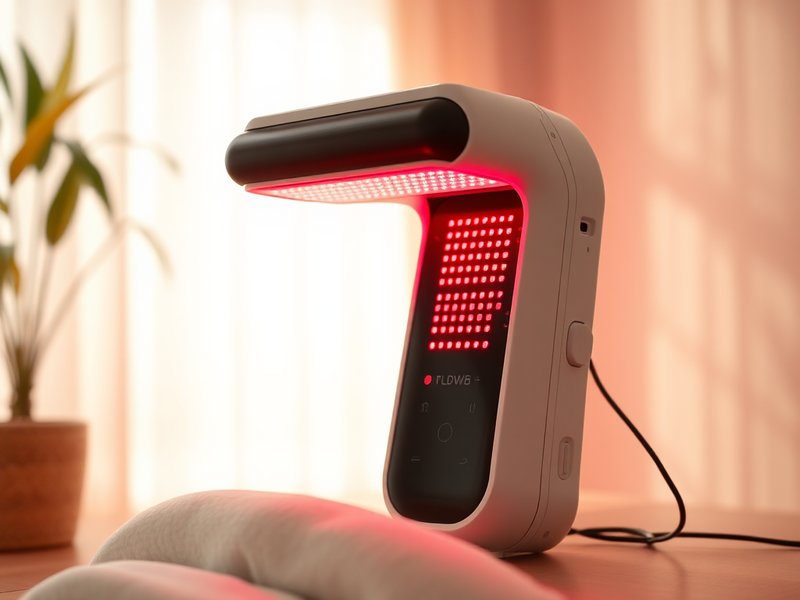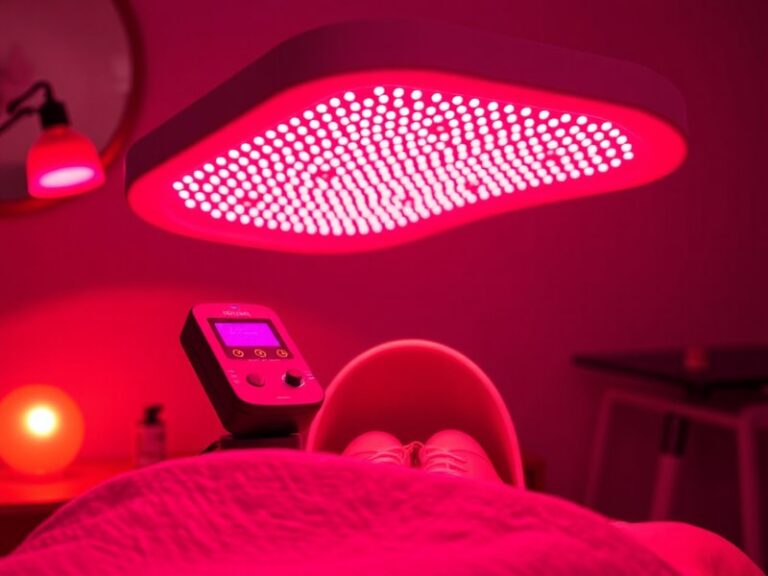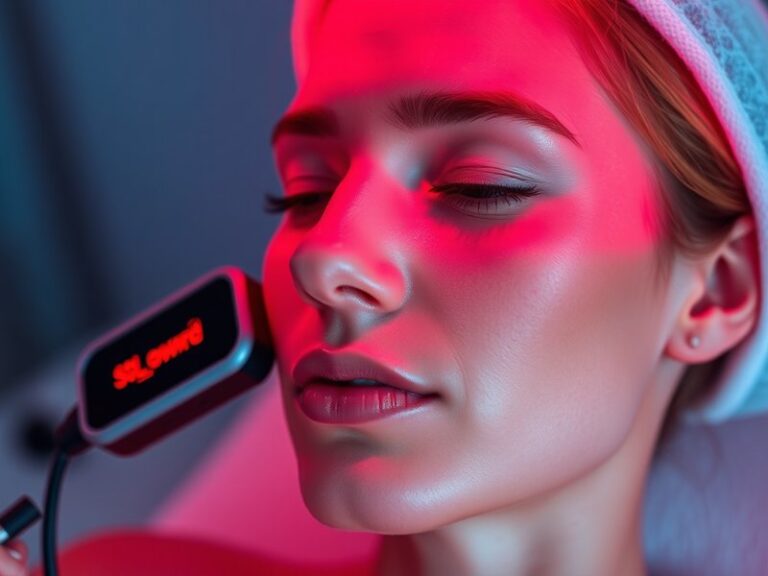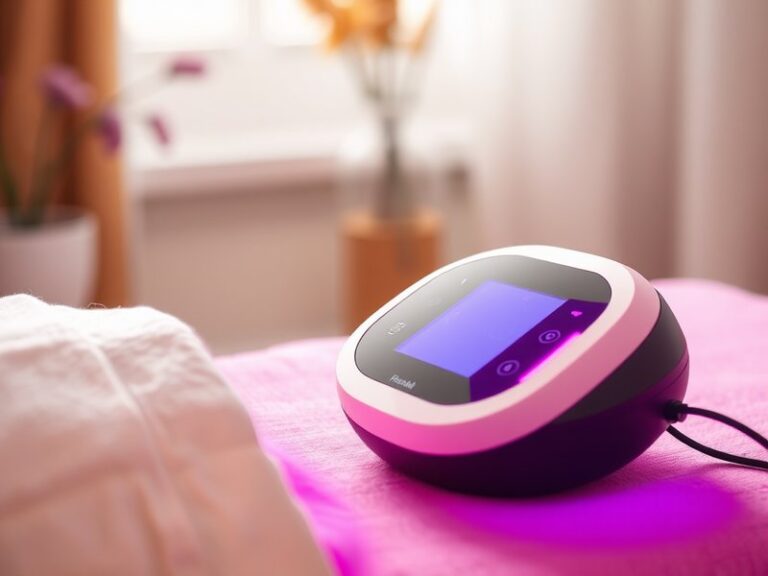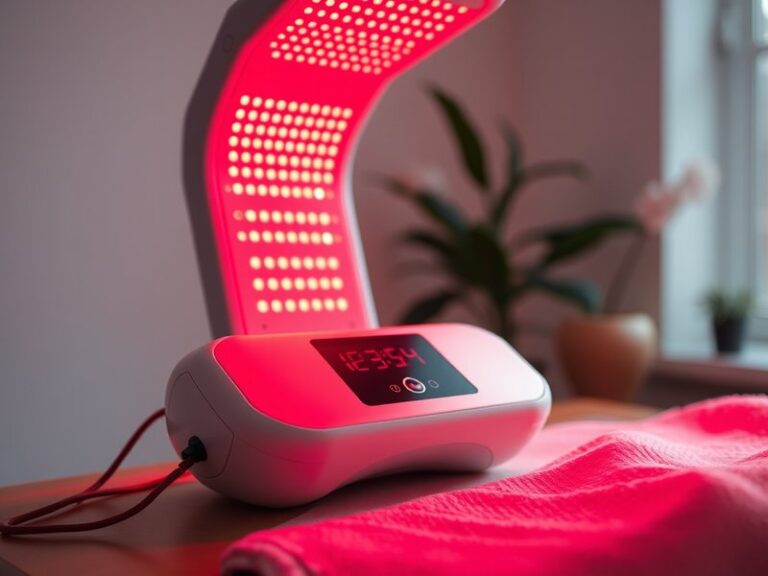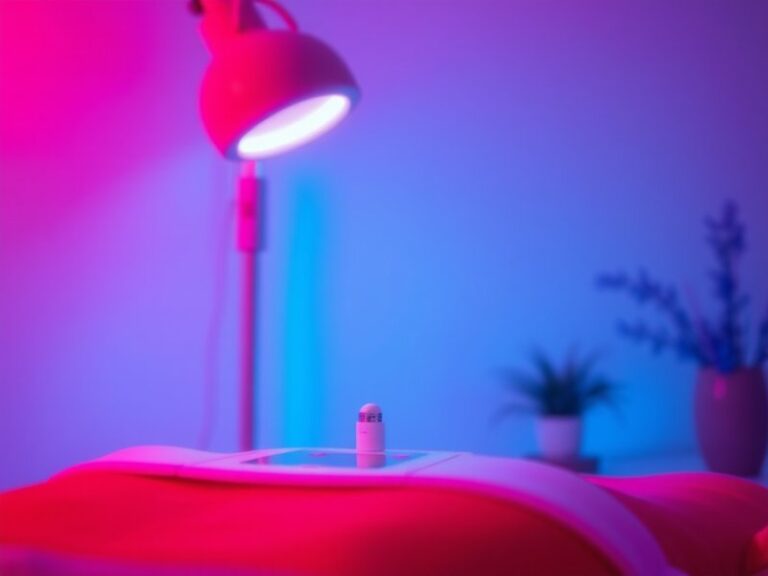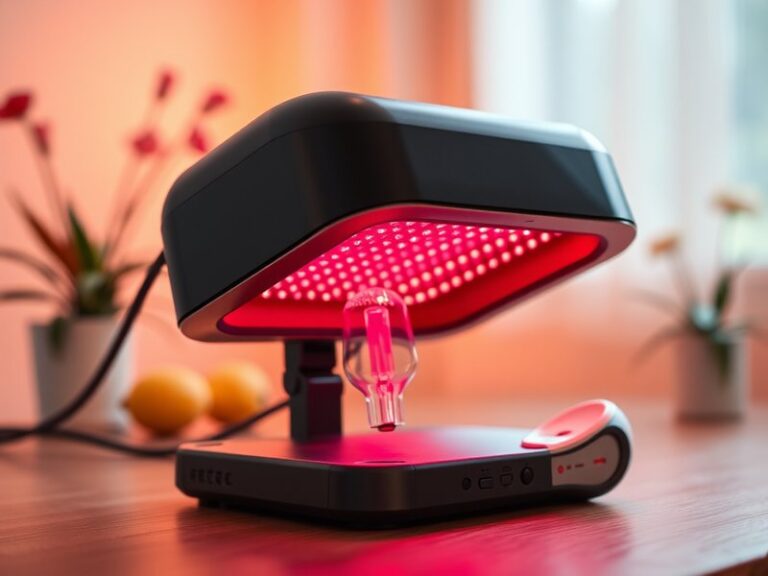Does Red Light Therapy Make You Pee?
Does Red Light Therapy Make You Pee?
Have you ever wondered if using red light therapy can affect your urinary habits? While this innovative treatment has gained popularity for its numerous health benefits, many users have questions about its potential side effects—especially concerning increased urination.
In this article, we will explore what red light therapy is, its benefits, and whether it can indeed cause an increase in urination. Additionally, we’ll address common considerations and alternatives to consider if you’re contemplating this therapy.
Key Takeaways
- Red light therapy is a non-invasive treatment that uses low-wavelength red light to promote healing and wellness.
- While there are anecdotal reports of increased urination, scientific evidence directly linking red light therapy to this effect is limited.
- Considerations such as hydration levels and individual health conditions are important when evaluating any therapy’s effects.
What is Red Light Therapy?
Red light therapy (RLT) is a treatment that exposes the skin to low levels of red or near-infrared light. This light penetrates the skin and is believed to stimulate cellular processes, promoting tissue repair and reducing inflammation. Originally used in medical settings, it has become a popular treatment in wellness and aesthetic clinics for conditions like skin aging, acne, and pain management.
How Red Light Therapy Works
The treatment mechanism involves photobiomodulation, in which cells absorb the light and turn it into energy, enhancing their functionality. This process can promote healing in damaged tissues, improve circulation, and increase collagen production.
What are the Benefits of Red Light Therapy?
Red light therapy offers a plethora of benefits, focusing mainly on health, wellness, and cosmetic applications. Below are some highlights of its advantages.
Enhanced Healing
Studies have shown that RLT can accelerate the healing process of wounds, burns, and even nerve damage. This is particularly beneficial for individuals recovering from surgery or injury.
Pain Relief
Many users report significant pain relief from conditions such as arthritis, fibromyalgia, and muscle soreness after undergoing red light therapy. The anti-inflammatory effects help in reducing discomfort and improving mobility.
Skin Health Improvement
RLT is widely used in dermatology to treat skin conditions like acne, psoriasis, and to reduce signs of aging. It promotes collagen production, leading to smoother and firmer skin.
Mood Enhancement
Some studies suggest that RLT may help alleviate symptoms of depression and anxiety, possibly by regulating sleep patterns and enhancing overall well-being.
Is it Possible to Urinate More After Red Light Therapy?
Many users have reported increased urination as a side effect after receiving red light therapy. While this concern exists, it’s essential to examine the evidence surrounding this issue.
Possible Reasons for Increased Urination
The causes of increased urination post-therapy could range from increased hydration following treatment, changes in metabolic processes, or heightened detoxification responses. However, scientific research specifically supporting the claim that RLT induces frequent urination is scarce.
Can It Be Harmless?
In most cases, increased urination due to red light therapy is likely harmless and may reflect the body’s natural response to increased kidney function or detoxification. However, monitoring other symptoms is advisable.
What are the Things to Consider Before Trying Red Light Therapy?
Before starting red light therapy, there are several important considerations to keep in mind.
Hydration Levels
Ensure you are adequately hydrated before and after treatments. Dehydration can exacerbate feelings of increased urination or discomfort.
Check out our deep dive Safe Frequency for Red Light Therapy
Health Conditions
Consult with a healthcare provider if you have underlying health conditions, particularly those affecting the kidneys or urinary system, to ensure RLT is safe for you.
Duration and Frequency of Use
Consider the duration and frequency of your sessions; too much exposure could lead to unintended side effects. Following professional guidance can help tailor an effective therapy plan.
What are the Alternatives to Red Light Therapy?
While red light therapy is beneficial, there are alternative treatments for similar health concerns.
Read our take on Red light therapy masks’ effects.
Laser Therapy
Laser therapy can target deeper tissues and provide a different range of benefits than red light therapy. It’s often used for pain relief and skin rejuvenation.
Cryotherapy
Cryotherapy involves exposing the body to very low temperatures to promote healing, reduce inflammation, and improve muscle recovery.
Ultrasound Therapy
Ultrasound therapy uses high-frequency sound waves to promote healing and reduce inflammation, offering a different therapeutic approach.
Conclusion: Is it Recommended to Use Red Light Therapy?
Red light therapy presents a promising option for various health and aesthetic concerns. While some users may experience increased urination post-treatment, it is typically not a cause for alarm. As with any therapeutic intervention, consultation with a healthcare provider can help tailor the approach to individual needs, ensuring safety and efficacy.
Frequently Asked Questions
Does red light therapy have any side effects?
Red light therapy is generally considered safe when performed correctly. Common side effects may include mild skin irritation or visual disturbances. Increased urination has been reported but lacks firm scientific support.
How often can I use red light therapy?
Most guidelines suggest starting with a few sessions per week, gradually increasing depending on personal response and treatment goals. It’s best to follow a personalized plan designed by a health professional.
Is red light therapy suitable for everyone?
While RLT is considered safe for the majority, individuals with specific medical conditions such as photosensitivity or those taking certain medications should consult a healthcare provider before use.
Can I perform red light therapy at home?
Yes, there are many devices designed for home use that are effective. However, it’s crucial to follow manufacturer instructions and possibly consult with a professional for optimal results.
What results can I expect from red light therapy?
Results can vary widely based on individual conditions and the issue being treated. Users often report improvements in skin health, pain reduction, and overall wellness after multiple sessions.
